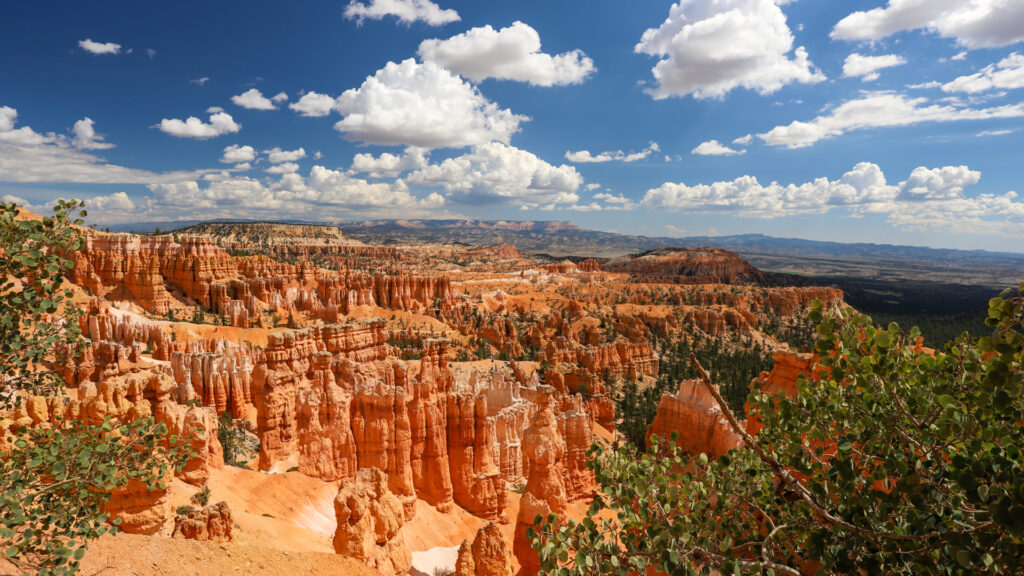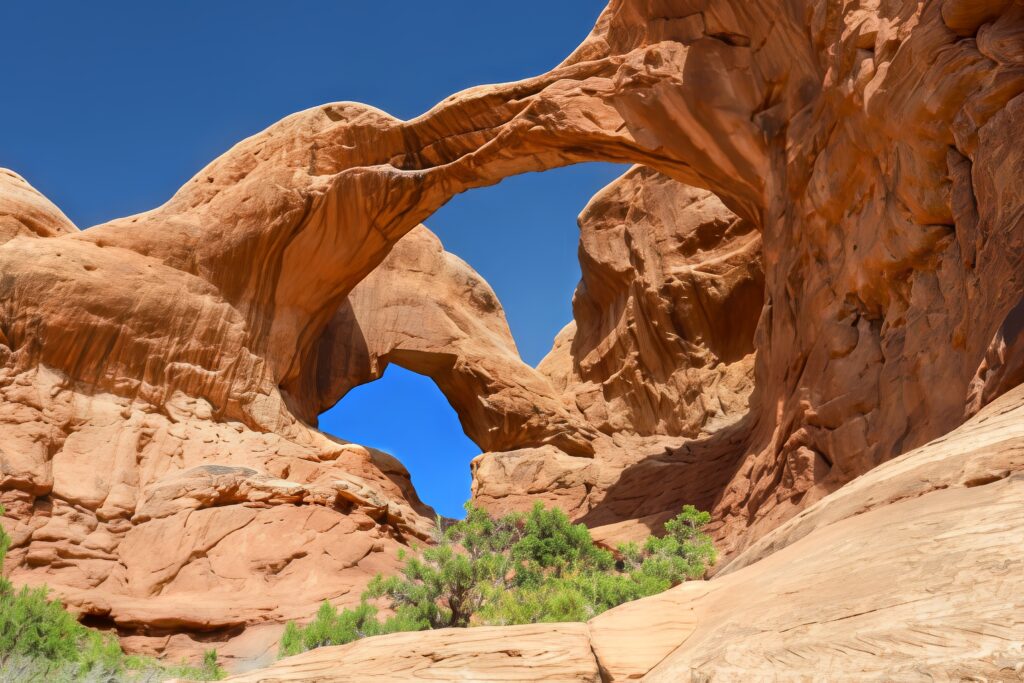
Zion National Park in Utah is an amazing, otherworldly place to explore. Driving through towns like Virgin, the views of the mountains begin to take your breath away. Towering, dramatic peaks in shades of red, gray, and brown surround you, with expansive buttes rising all around.

What’s the difference between a mesa and a butte? A mesa is broader and more expansive. A butte was once part of a mesa, but over time, desert weather and gravity wore it down into a standalone formation.
We stayed four nights at the incredible Zion River RV Resort in Virgin—and it was five-star all the way! The resort offered a pool, a hot tub, an ice cream bar, and beautiful tiled bathrooms that felt like a spa. We felt pampered and indulged.
Having visited Zion ten years ago with our boys, this park holds a special place in our hearts. The town of Springdale feels more developed now—busier, more touristy—but the mountains remain unchanged, calling out to hikers, bikers, and sightseers alike.
A decade ago, Gary, Cameron, and Carter climbed to the top of Angels Landing. I stayed behind at Scouts Landing, just shy of the infamous, death-defying final ascent. On this trip, we passed that same mountain, looked up in awe, and felt a little pang of sadness. We missed our boys, but we pressed on toward new trails and gentler climbs.
One of our favorite adventures was four-wheeling on top of a mesa. The views were jaw-dropping, and the trails were challenging without being too extreme. Gary’s already dreaming about Moab and more off-roading adventures.

Southern Utah is awe-inspiring. The landscapes are almost impossible to describe. The best comparison I can offer—and yes, this may show my age—is to the Flintstones’ town of Bedrock. The rounded red boulders and surreal terrain look just like that cartoon. Or for a more modern reference, one of my favorite movies, Galaxy Quest, filmed the rock giant scene right here in southeastern Utah.
I did some research and found that over the past forty years, countless movies and TV shows have been filmed in Utah. Its dramatic landscapes can double for other planets, the Wild West, or any desert scene you can imagine.
Where Nevada has expansive nothingness, Utah has expansive red rock formations—buttes, spires, mesas, plateaus, arches, salt valleys, and even lush green stretches of high desert. If Highway 50 in Nevada was “the loneliest road,” then Highway 12 in Utah is vibrant and full of life—alive with mountains, color, and dramatic height.
We drove through Great Basin National Park, flanked by mountain ranges on either side, and visited all of Utah’s famous Mighty Five National Parks: Zion, Bryce Canyon, Arches, Capitol Reef, and Canyonlands. Each park is uniquely stunning, offering different perspectives on the raw beauty of nature. But to be honest—after two weeks, I’ve had my fill of rocks!

Gary once had a friend in Texas who collected rocks. I, too, had a modest but impressive rock collection that I loved sharing with my students over the years. Before this trip, while purging our belongings, I donated the collection to schools in Jasper. Now, after traveling across the Southwest, I’ve learned even more about rocks, soil, and geology. I can’t wait to share this knowledge—and our photos—when I return to substitute teaching.
Zion offers world-class hiking, jaw-dropping vistas, and towering cliffs. In Zion, the traveler is always looking up, dwarfed by the massive canyon walls. In contrast, Bryce Canyon puts you on top of a plateau, gazing down into intricate red rock amphitheaters. Hiking in either park—whether up and around or down and through—feels like something nature intended humans to do.
One of the great joys of RV travel is the people you meet along the way. At Bryce, we were thrilled to meet Mary and Jerry from Colorado Springs, our campground neighbors. We spent hours talking and laughing. One evening, we tried to find a dinner spot at 9 p.m. and came up short—so we celebrated with ice cream sundaes instead. A meal worthy of road warriors!
I knew very little about Capitol Reef National Park before this trip, but it quickly fascinated me. The park sits along a 90-mile-long fold in the Earth’s crust. The west side is thousands of feet higher than the east. Millions of years ago, as the planet formed, the land buckled like cake batter and hardened into layered rock. This exposed nearly 19 different layers of Earth’s crust—something you can actually see, touch, and explore.
The name “Capitol Reef” comes from the white Navajo sandstone that resembles the dome of the U.S. Capitol and the rugged rock formations that resemble a reef in the ocean. It’s a truly unique and educational place.

We wrapped up our Utah tour with a week in Moab, where we explored Arches and Canyonlands National Parks. Arches features hundreds of stunning rock arches carved by time and wind. Canyonlands reminded me of a smaller Grand Canyon—beautiful, but not quite as overwhelming.
What I loved most was seeing Arches at different times of the day. The way sunlight pours through the delicate formations is magical. I like to imagine how many sunrises and sunsets have peeked around those arches across millennia.

